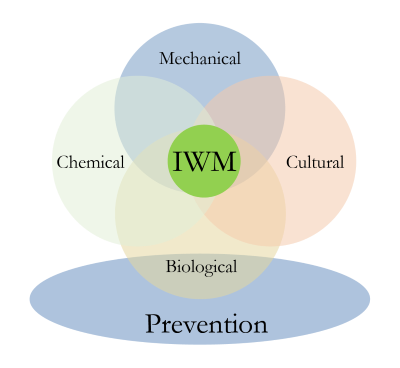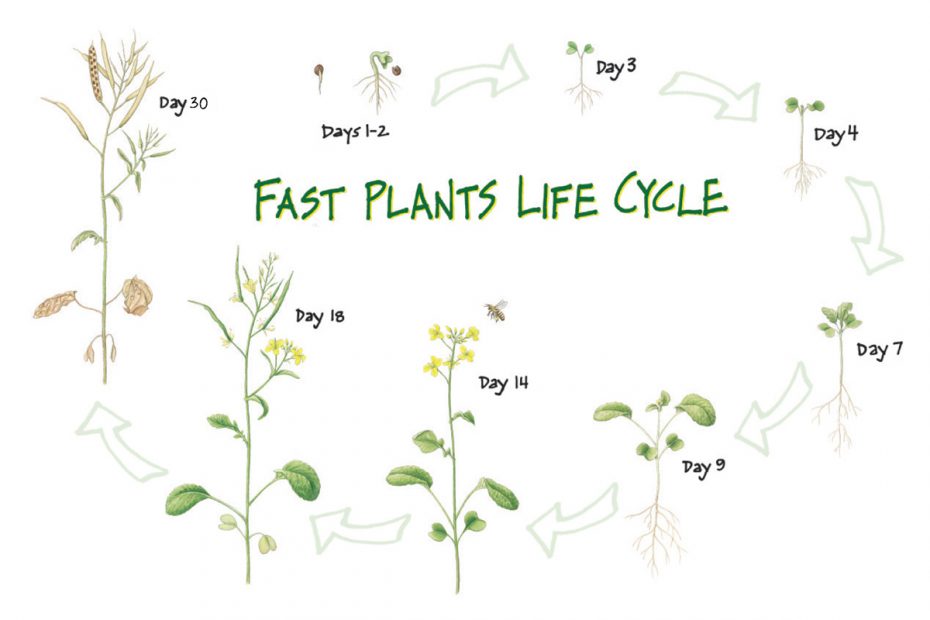Integrated Weed Management - A Practical Approach
This is your perfect introduction to the topic of Integrated Weed Management and developing your own Weed Management Strategy.
Introduction to Integrated Weed Management(IWM)
Who is Integrated Weed Management for?
Integrated weed control is important for anyone managing outdoor surfaces. From block paving and tarmac to grass and even artificial sports turf. All these surfaces can develop problems that lead to increased levels of weediness. Integrated Weed Management is a holistic approach to prevention and management of weeds.
What is Integrated Weed Management?
Each of us have different environments to manage. This may include a range of different surfaces and each of them bring different seasonal challenges. Integrated Weed Management is about choosing the most effective mixture of tools for dealing with weeds in your own situation.
When all you have is a hammer, then every problem is a nail, but if you think about and choose the right tools to begin with then the job becomes easier. Correct weed management will benefit the longevity of your surfaces and make them much more enjoyable to use from day to day.

Important Considerations
The Soil Cycle
It is soil which provides most of the nutrients and water storage that gives weeds the opportunity to grow on hard surfaces. A clean hard surface such as tarmac or block paving has no nutrients to offer an opportunistic weed.
In the Summer and Autumn, organic debris is constantly being left on the surface in the form of grass cuttings, hedge clippings, leaves etc. When these decompose into soil, it gives an opportunity for weeds to grow.
.png)
The Lifecycle of a weed
Once soil is established and seeds hit the ground, there is another process we need to worry about... The Plant Life-cycle.
Plants go through several key stages in the plant lifecycle, a general rule is, the earlier you can treat them the more effective it is, but at minimum we want to be treating the plant before it drops fresh seeds and starts the cycle all over again.

Putting together your Strategy
The key is prevention
The basis of any strategy you come up with should be to interrupt these two cycles. Let's imagine you are starting with a newly laid surface and no weeds... The best thing you can do is to prevent the soil cycle from getting started. Minimise entry points for organic debris onto your surface by design, keep nearby trees, plants and grassy areas regularly maintained to minimise deadfall and then sweep up any organic debris that lands on the surface. The earlier the better. If it's too late for that you can remove the soil build up with a weedbrush or another tool depending on the surface. Reducing the soil build up will reduce the opportunities for weedgrowth.
Areas where it is unrealistic to remove 100% of the soil, such as in gravel, some types of block paving etc, it may be useful to treat these surfaces with heat. This will congeal the cells in any seeds and the photosynthesising parts of any smaller plants.
If you have weeds coming back shortly after removing the soil then it is likely the weeds have established roots below the hard surface into the next layer, these weeds now have established root systems and lots of access to energy. This might be the time to use a chemical treatment on these weeds and repair the damaged surface if it is economical to do so.

A year-round regime
There are key times of the year when different parts of a strategy will be more important or effective than others, due to the effects of seasonal conditions on the soil cycle and the plant life cycle.
We can use this knowledge to time different types of treatment - so we yield the best results.
The most important time for sweeping is in Autumn, when there is an abundance of leaves, dead fall, grass clippings, hedge trimmings and other debris to remove, before it has a chance to decompose. Weed brushing can be done over the winter when it is more difficult to use other treatment methods due to the wet weather. It will also have the greatest effect when done before the next growing season. Heat treatment is best carried out in spring before the new weed growth becomes too established. New weeds have less energy stored in their roots, so can be killed in less applications. Treatment before it gets hot and dry in the summer also reduces any potential fire risk.
%201.png)
No comments yet. Login to start a new discussion Start a new discussion